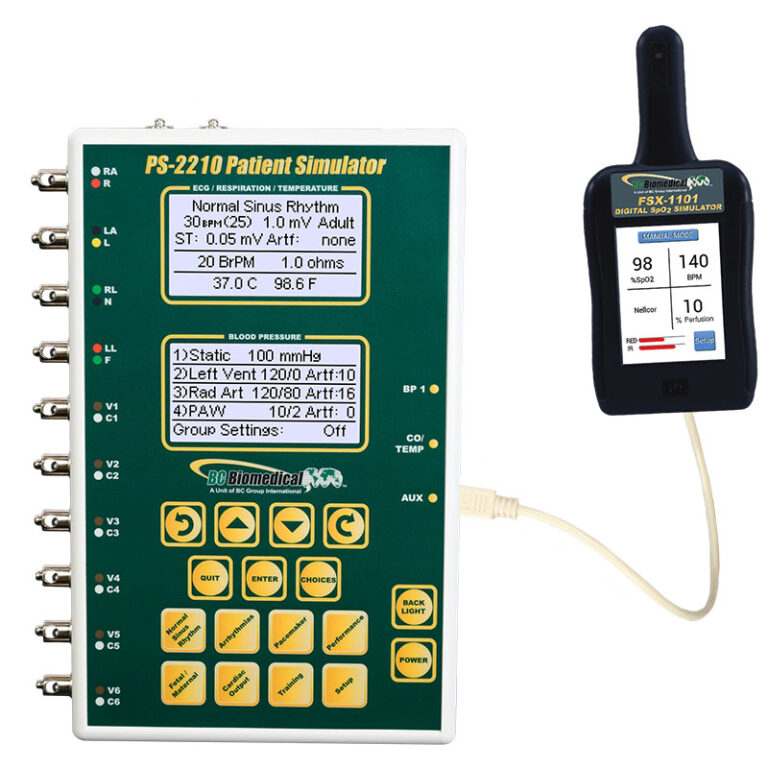A patient simulator serves as a critical tool in the biomedical field, enabling the safe and effective testing of medical equipment without involving actual patients. These devices replicate physiological signals such as ECG, blood pressure, respiration, and other vital signs. By providing a controlled environment, patient simulators allow biomedical equipment technicians (BMETs) and healthcare professionals to evaluate the functionality and accuracy of diagnostic and therapeutic devices like monitors, ventilators, and defibrillators. This ensures that the equipment is calibrated correctly and is capable of delivering accurate readings, ultimately enhancing patient safety.
Another primary purpose of patient simulators is to facilitate troubleshooting and maintenance of medical equipment. When a device malfunctions or requires routine inspection, simulators can mimic clinical scenarios to identify specific issues or verify repairs. For instance, during preventative maintenance, a patient simulator can test alarms, thresholds, and responses under different simulated conditions. This reduces downtime, improves the reliability of medical devices, and helps maintain compliance with safety regulations and standards such as those set by the Joint Commission or FDA.
Lastly, patient simulators are invaluable for training and education in the clinical setting. They provide a risk-free platform for healthcare providers, students, and technicians to practice and hone their skills in operating complex medical devices. Simulators are especially useful in teaching emergency scenarios, such as defibrillation during cardiac arrest or managing ventilator settings for critically ill patients. By bridging the gap between theoretical knowledge and real-world application, patient simulators not only ensure equipment functionality but also improve the confidence and competence of healthcare professionals.

